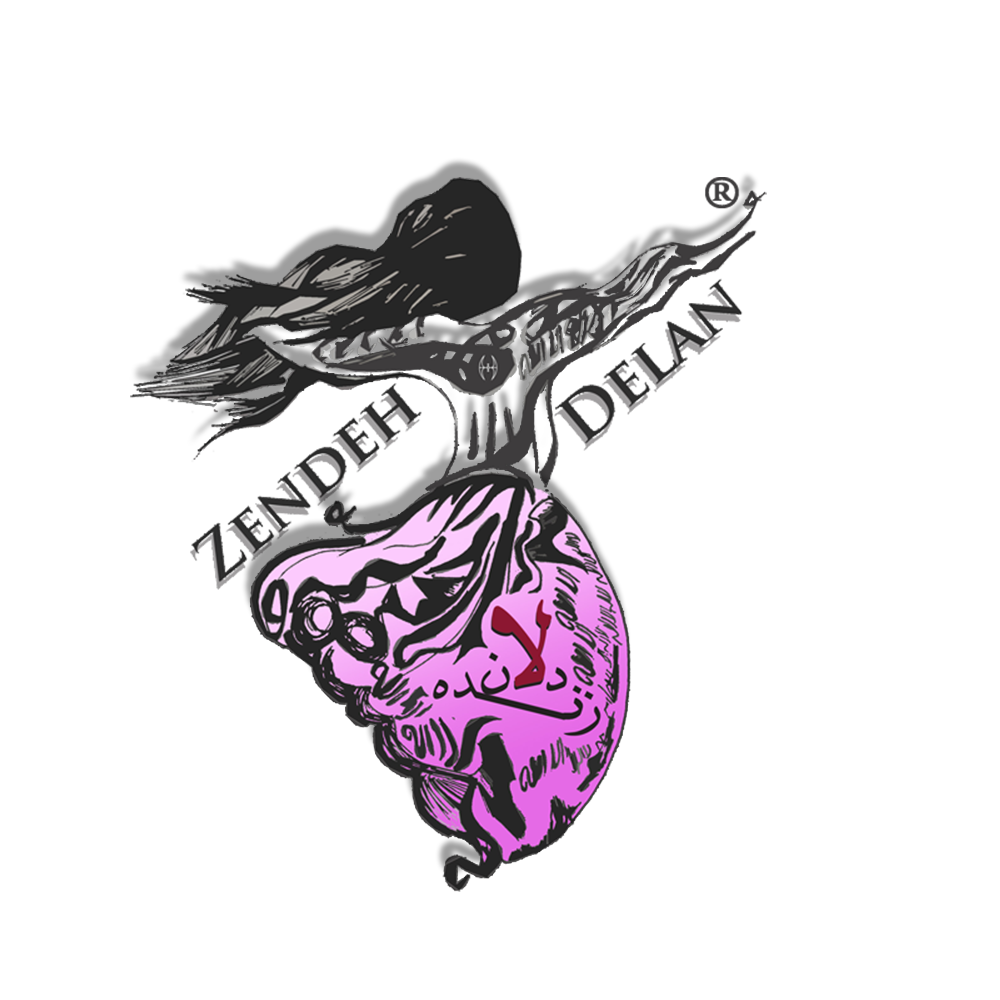
Music
The music used in Zendeh Delan® originates from the ancient modes of Persian classical music, which are said to have been passed down orally or from “heart to heart” for centuries. Zendeh Delan® combines these ancient modes with modern beats and melodies to create unique forms of dhikr/zekr (remembrance of the Beloved).
The poetry in Zendeh Delan® is mainly from the volumes of Sufi poetry written in the 20th century by the Sufi Masters of MTO®, Hazrat Shahmaghsoud Sadegh Angha and Hazrat Salaheddin Ali Nader Angha and other Great Masters of the school.
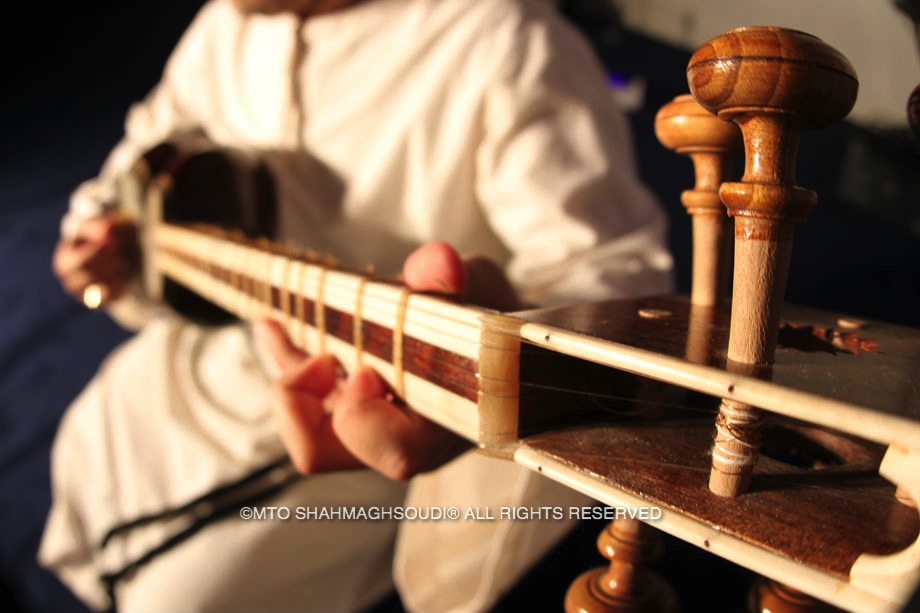
Listening Corner
Melodies of Unity
This is the second album the group have created entirely remotely during the pandemic. The album consists of 16 unique tracks, each representing various modern renditions of Sufi music, inspired by the callings and remembrance of the Beloved in Zekr (Dhikr). The album’s sound is best described as a manifestation of Sufi music today. While deeply rooted in the traditional melodies of Sufi music and the Persian musical modes, Zendeh Delan’s creative practice embraces the multitude of contemporary musical influences that surround us all, seamlessly blending the popular, the classical, and the global. An equal balance of Eastern and Western instruments and musical styles have been used in the creation of Melodies of Unity.
Melodies Of Unity
Majnun
Heartstrings
Music for Tamarkoz & Movazeneh
In 2020, Zendeh Delan® launched soundtracks for the practice of Tamarkoz® and Movazeneh®. The two-part music collection included 63 songs to complement the intricate movements and discipline of Tamarkoz.
These songs have been composed and arranged to quiet the mind, relax the body and awaken the heart.
Hope
Purify
Beloved
Instruments
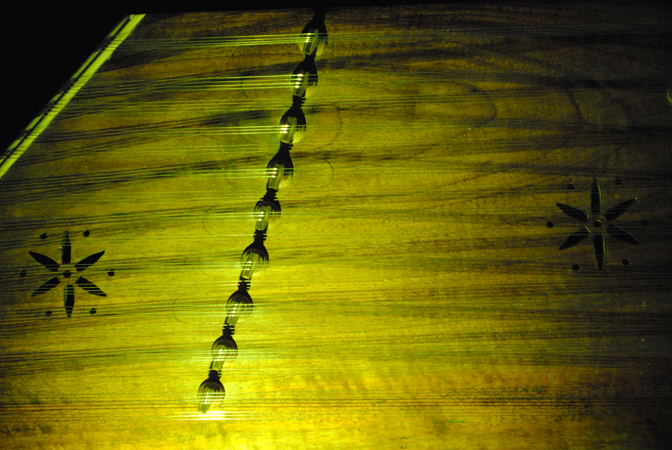
Santour
A contemporary form of an ancient instrument, the santour is said to be the mother of the western Piano. In various shapes and forms, this drummed dulcimer is prominent in various cultures across Asia and parts of Europe. Much like the daf, the santour once again represents the state of being, bound in the wooden box of nature, under the stress and strains of everyday life, each wire pulling on yet it sits and waits for the first beat of life, to be played by the beloved, the musician in this case.
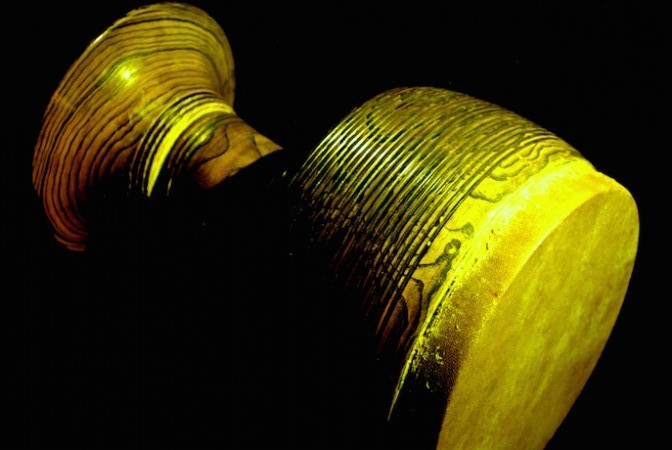
Tombak
The tombak is a principal Persian percussion instrument. Mulberry wood is carved into the shape of a cylindrical drum and covered in the skin of a sheep or goat. Unique, bold and intricate, mesmerising carvings embrace the surface of the wood, making each tombak a highly prized vintage work of art. The tombak is also a decidedly versatile instrument, as one is able to manipulate and alter the sound to suit the style of the song.

Daf
Considered sacred and spiritual, this ancient instrument dates back to the Sasanian period in Ancient Persia. The daf produces intense and heavy rhythms, noted to cause one to go ‘under a trance’ and reach an ecstatic and spiritually elevated state. The daf has been associated with Sufism since the fifteenth century and has often been used in Sufi practice. The circular frame of the daf represents the dome of existence, bound within the skin of nature. With each strike of the skin, it echoes eternity through the vastness of being.
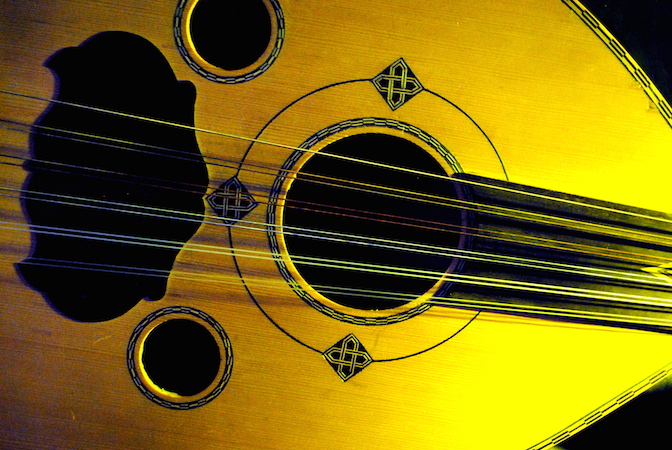
Oud
The oud is considered one of the oldest instruments in Antiquity, such that Al-Farabi suggests that it was carved by the hands of Lamech, the sixth grandson of Adam. Played by ancient Sumerians, Assyrians, Babylonians, Persians, Greeks and the Romans; its beautiful characteristic microtones are born from its fretless design formed by a deep wooden bowl and a short neck, allowing the musician to establish harmony between himself, the instrument and the music.
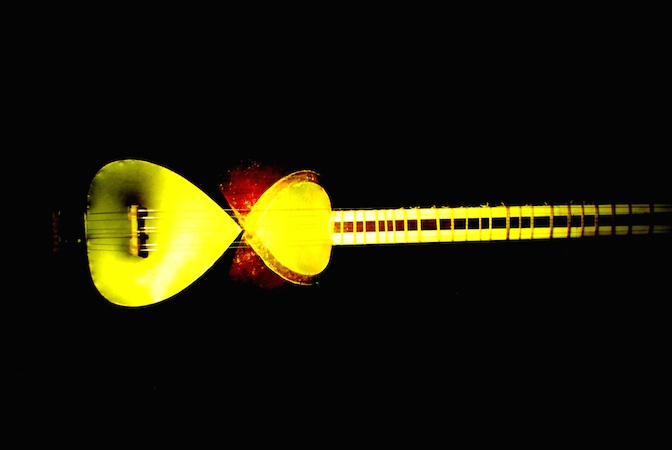
Tar
Persian for ‘string’, the tar is carved from mulberry wood, shaped into the figure eight and covered with lamb’s skin. It appeared in Persia in its present form in the middle of the eighteenth century, with its origins dating back to twelve hundred years ago. Well-known as the quintessential Iranian instrument and shaped in the symbol of infinity; the tar represents the complex web of man’s being, with multiple dimensions and states, all aligned and leading back to the central point of the heart. Stretching out to infinity, it awaits the pluck of the Maker of the eternal melody.
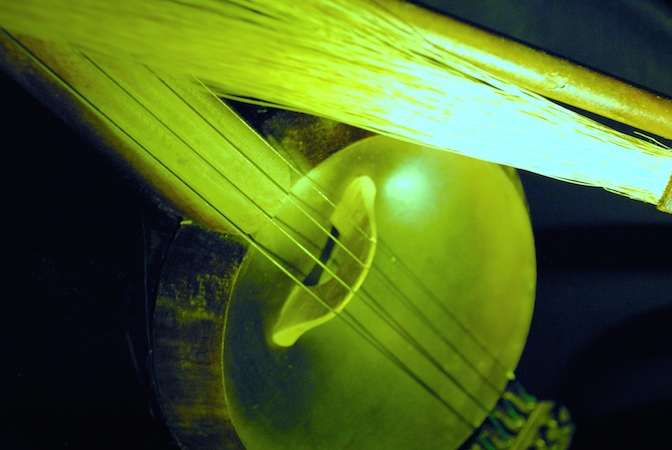
Kamanche
Kamanche is an ancient bowed string instrument, which has been an integral part of Persian traditional and folk music since the tenth century. This instrument is played in various regions, with each region having a different cultural and musical mode. For this reason it can greatly alter the feeling of the listener, igniting deep emotions for the listener. It is a significant instrument when played as part of an ensemble as it has the unique capability to harmonise the various tones and modes of music. From a spiritual perspective, when played, resembles the infinity sign as it moves from left to right in the circular motion. It is important to note that the bow does not move, but rather the kamanche itself that is moved side to side.
